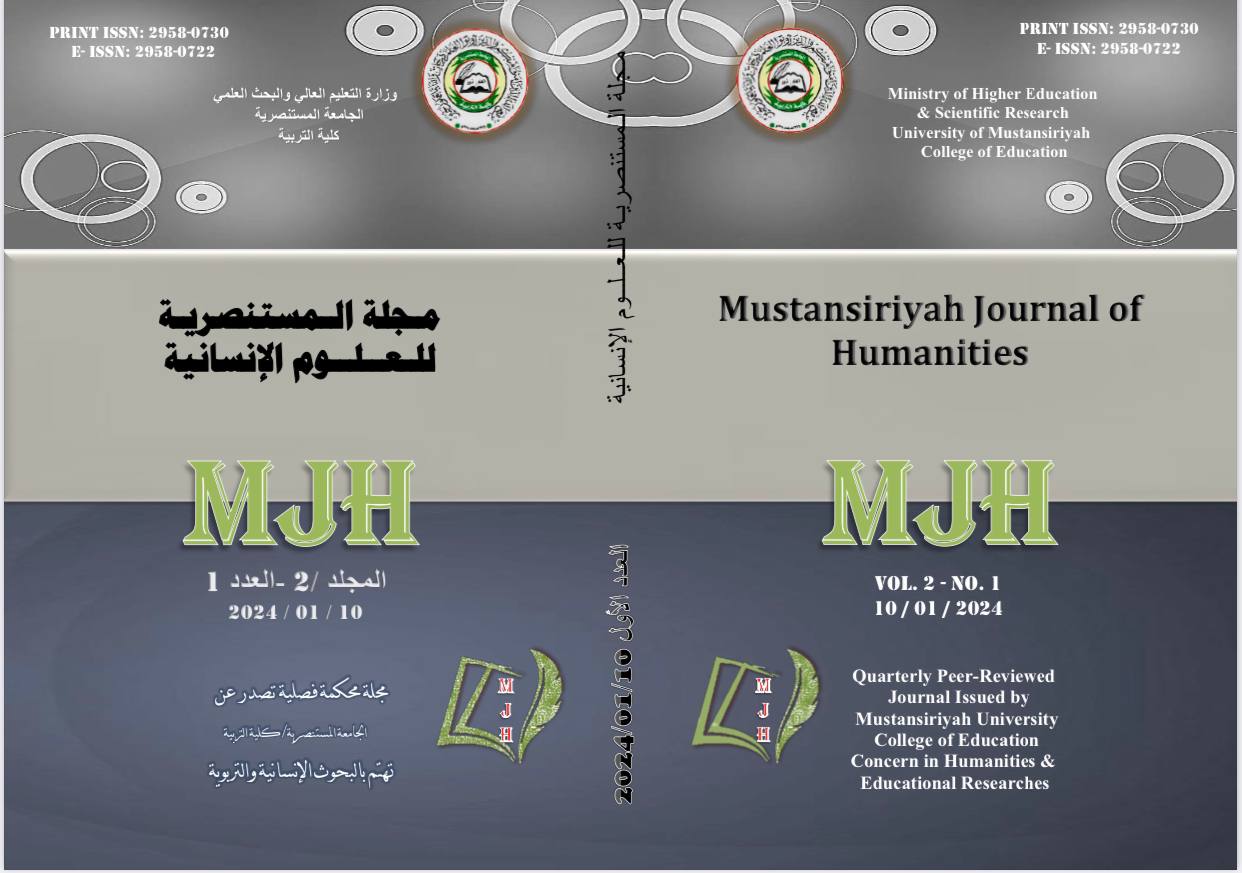Geographical Analysis of Juice Industry in Baghdad Governorate
DOI:
https://doi.org/10.47831/mjh.v2i1.275Keywords:
raw materials, labor, productionAbstract
The research aims to reveal the quantity of production, the geographical distribution of standards that affect the juice industry and the quantity of production, and to know the quality of the workforce in that industry.
To achieve this, the historical, descriptive and analytical approach was used, and the statistical portfolio (SPSS) was adopted through the use of the Pearson correlation coefficient, stepwise regression, and simple linear regression analysis, and the research relied on the official data of the Central Agency for Statistics and Information Technology, and the field study for 2021.
The study reached a number of results, the most important of which is that there are (42) operating industrial facilities in Baghdad Governorate, while the number of suspended industrial facilities reached (23), and the largest quantity of production in Alrusafa District reached (1883) thousand/liter, with a rate of (20.4%). The districts of Tarmiyah and Alsadr/2 had the lowest production amount, amounting to (120) thousand per liter, at a rate of (1.3%) for each. The number of workers in the study area reached (460), and unskilled workers had the highest rate of (41.7%), and administrators came with the least. A percentage of (16.5%) and the amount of raw materials used in the juice industry amounted to (3280 tons). The highest amount was recorded for plastic ampoules, which amounted to (517 tons), and the lowest amount was recorded for nylon string, which amounted to (200 tons).





